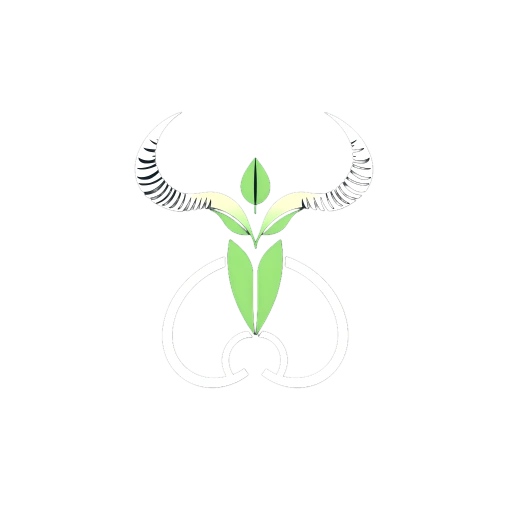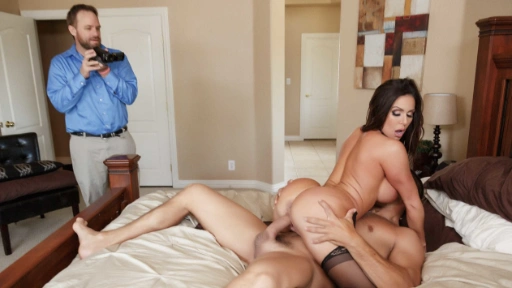The world of alternative relationship dynamics is filled with terms that are often misunderstood or misapplied. Two such terms—wittol and cuckold—frequently surface in conversations about non-monogamy, particularly within cuckold therapy. While they may appear similar on the surface, these labels carry distinct psychological, relational, and emotional meanings. Understanding the difference is more than a matter of semantics—it’s a key to understanding your own relationship patterns, desires, and emotional needs.
In my practice, I’ve worked with couples across a broad spectrum of non-traditional dynamics. For some, the terminology feels empowering; for others, it triggers shame or confusion. This article is designed to clarify the difference between a wittol and a cuckold from both a clinical and evolutionary perspective—so you can explore your desires with awareness, authenticity, and emotional clarity.
Defining the Terms: More Than Just Labels
Let’s begin with definitions that go beyond the dictionary.
Wittol
A man who knowingly tolerates his wife’s infidelity but does not necessarily derive arousal or emotional satisfaction from it. In some historical usage, the wittol is viewed as emasculated or indifferent—a passive observer of his wife’s unfaithfulness, often framed with undertones of shame or humiliation, but without the sexual charge.
Cuckold
A man who not only knows of his partner’s sexual relationships with other men but is often aroused, emotionally engaged, and intentionally supportive of this dynamic. In consensual cuckold dynamics, this role is not about passive tolerance—it is about active emotional and erotic participation, often embedded within a framework of trust, submission, or compersion.
These definitions may seem subtle, but the difference between a wittol and a cuckold often comes down to agency, emotional investment, and sexual alignment with the dynamic.
The Psychological Difference: Detachment vs. Integration
From a psychological standpoint, the key distinction lies in emotional integration.
A wittol typically maintains emotional detachment from the infidelity. He may accept it due to resignation, fear of abandonment, or a low sense of self-worth. There is often a dissociative coping mechanism at play—one that allows him to “tolerate” the situation without addressing his internal discomfort.
In contrast, a cuckold integrates the dynamic into his identity. His arousal may be tied to emotional vulnerability, submission, or even humiliation—but it is chosen, not merely endured. For cuckolds, this dynamic becomes a way to explore deeper relational themes: surrender, trust, devotion, and emotional reconfiguration.
The wittol avoids emotional engagement; the cuckold seeks it.
Evolutionary Insight: Mate Competition and Strategic Surrender
Evolutionary psychology provides a powerful lens for understanding these archetypes. Historically, males have evolved strong responses to potential infidelity—jealousy, mate guarding, and possessiveness—because reproductive certainty was tied to survival.
The wittol archetype, in this context, would have been evolutionarily maladaptive—a male surrendering reproductive control without any reproductive or relational benefit. This may explain why the term carries such historical scorn.
However, in consensual cuckold dynamics, the cuckold subverts this evolutionary pattern intentionally. He participates in a controlled surrender of mate access—one that may activate sexual arousal precisely because it taps into ancient biological fears, now reframed through conscious consent. For some men, this dynamic feels exhilarating not because it is emasculating—but because it transforms evolutionary loss into psychological gain.
This is where modern cuckolding rewrites the script: it becomes an adaptive, relationally enriching choice rather than a biological defeat.
Emotional Fulfillment vs. Emotional Numbness
In my clinical practice, I’ve found that the wittol pattern often signals a deeper emotional numbness or unresolved trauma. These men may feel powerless in their relationships. Some have internalized beliefs that they are unworthy of sexual fidelity or emotional care. The tolerance of infidelity becomes a form of self-erasure—a quiet acceptance that they must endure emotional pain to maintain connection.
By contrast, the cuckold is often emotionally activated by the dynamic. Even when jealousy arises, it becomes a part of the emotional terrain to be explored, rather than suppressed. In fact, many cuckold husbands experience increased communication, vulnerability, and even sexual closeness as a result of this dynamic.
This is a crucial therapeutic distinction: The cuckold dynamic has the potential to heal and grow intimacy; the wittol pattern may signal a need for deeper emotional repair.
The Role of Consent and Power Dynamics
Both dynamics raise questions of consent—but the nature of that consent matters deeply.
The wittol may be consenting in name only, feeling powerless to change the situation. He may agree on the surface, but beneath it lies unresolved resentment, fear, or self-abandonment.
In contrast, the cuckold actively consents. He co-creates boundaries, rituals, and emotional frameworks around the dynamic. Whether the cuckold expresses dominance, submission, or compersion, he is participating, not just observing. The power dynamic is explored, not avoided.
This is why many couples who explore cuckolding therapeutically experience greater emotional resilience—they are not passively accepting a dynamic; they are crafting it with intention.
When Therapy Helps
If you suspect you may be more of a wittol than a cuckold, it’s important to pause and reflect. Are you consenting because it genuinely aligns with your values and desires—or because you feel you have no other choice?
Therapy can help uncover these deeper truths. I often work with men who initially present as wittols, only to discover that with proper emotional support, they can redefine the dynamic into something fulfilling. Others may realize they’ve been tolerating pain in silence and need to renegotiate the terms of their relationship entirely.
On the other hand, if you identify as a cuckold—or are curious about becoming one—therapy can help you navigate the complex emotional terrain of vulnerability, submission, and relational exploration. These dynamics are powerful and transformative—but only when navigated consciously.
A Final Word: Redefining Strength
In mainstream narratives, both the wittol and cuckold archetypes are often framed as weak. But this couldn’t be further from the truth.
A wittol may suffer silently, believing he is strong for tolerating what he cannot change.
A cuckold, by contrast, reclaims agency through surrender. He chooses emotional exposure, erotic vulnerability, and trust. In doing so, he redefines what strength looks like in modern masculinity.
Ultimately, the difference between a wittol and a cuckold is not just about what the wife does—it’s about who the husband chooses to become in response.
If you’re curious about how this dynamic might unfold in your own life, or you’re unsure where you fall along the spectrum, I invite you to explore further. The path to a deeper, more honest relationship begins with clarity.



